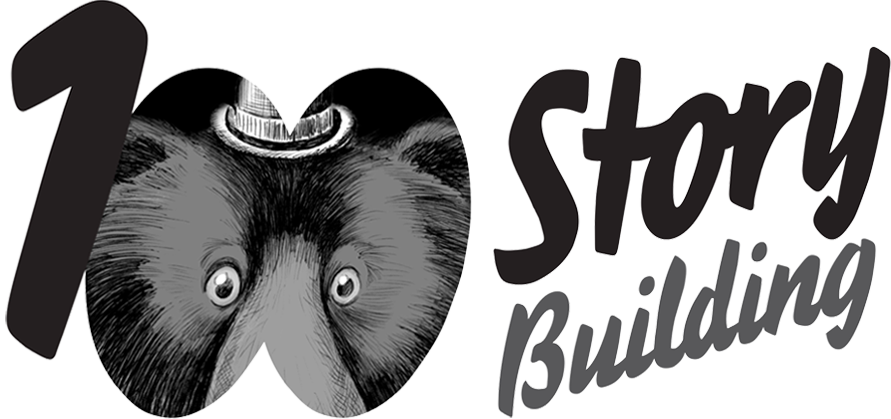Do NOT Stop Writing
There's usually a part in every workshop that I dread. It’s the ‘Let’s go around the room and share a bit about ourselves’ moment. But, in a welcome twist, when kicking off this 100 Story Studio workshop, Penguin Editors Jane Godwin and Davina Bell asked us to talk about our favourite children’s books instead.Charlotte’s Web by E.B White, The Bridge to Terabithia by Katherine Paterson, The Lion, The Witch and the Wardrobe by C.S Lewis, The Magic Faraway Tree by Enid Blyton, Charlie and the Chocolate Factory by Roald Dahl - suddenly the nerves disappeared and all that remained was a group of fifteen excited writers with a passion for children’s literature.Some participants wanted to know how to start their project, others were looking for tips on how to get their manuscript published, and some wanted detailed advice about what it takes to create books for children and young adults.Luckily, Davina and Jane are not ‘just’ editors with years of experience in the industry, they’re also writers. Jane has written several award-winning picture books including Little Cat and the Big Red Bus, illustrated by Anna Walker, and Davina has written four books in the Our Australian Girl series pitched at middle readers.What followed was a detailed snapshot of Australia’s publishing industry, and the definitions of all the categories that fall under the broad title of ‘Children’s Books’: picture books (0-7), junior fiction (5-8), middle readers (8-12) and YA (young adult, 13 plus).Next was a series of questions Jane posed, suggestions would-be writers should explore before putting pen to page: Voice: who is telling your story? Pick a point a view and make it consistent. Character: make sure your protagonist develops throughout your story. Honesty: ask yourself ‘Am I trying to be too clever?’ Can this (very beautiful) piece of descriptive writing take a cut? Jane also talked about the benefits of finding a mentor, and the importance of understanding the market for which you plan to write.The lunch break was a good chance to chat about everyone’s different projects. Between rice paper rolls and bowls of pho, it emerged that one writer got up at 6am to work on his short stories for an hour before he left for work; another has been collaborating with her daughter to write books for children with dyslexia. Back at 100StoryB, Jane suggested a couple of writing exercises designed to get the words flowing, which included writing about a storm without using the letter ‘a’ (much harder than it sounds!). The final hour of the workshop was a mix of tips and advice about avoiding some common mistakes, such as assuming that your nearest and dearest make the best critics.Another tip I thought was especially interesting was not writing for an ‘amalgamated child’, or having the view that a child’s experience in the world is somehow less complicated. The final bit of advice was something all writers know, but it’s always good to hear, especially from people in the publishing industry: if you get rejected, DO NOT stop writing. Feel optimistic that your work grabbed someone’s attention long enough to warrant a response, and if you get feedback, use it. I went home that day with a notebook full of great tips, some new ideas, a very bad paragraph about a storm, and a final remark ringing in my ears: ‘What writers do takes guts. DO NOT stop writing’.
Written by Fran Atkinson, rad 100 Story Building volunteer and writer.
